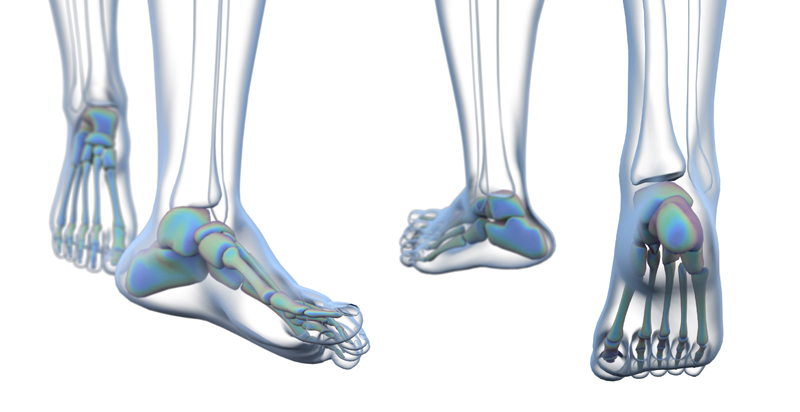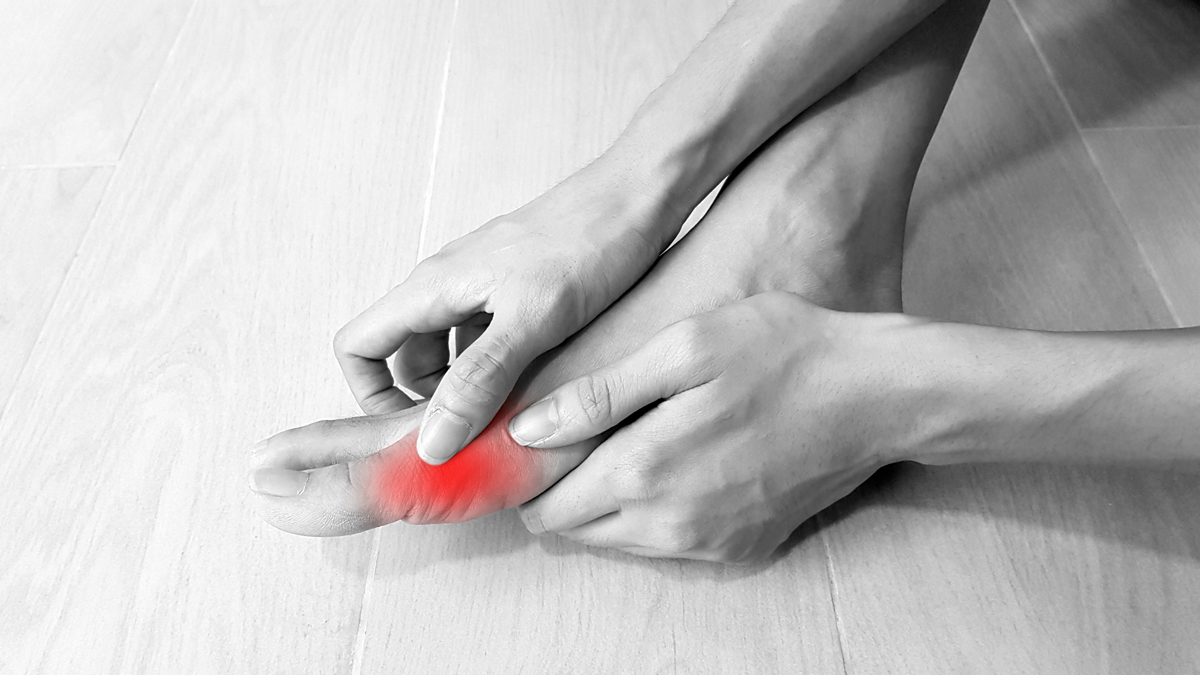The name osteoarthritis originates from the Greek word “osteon” meaning bone, and “arthron” meaning joint, “itis” means inflammation. Osteoarthritis (OA) is a very common condition which affects about 10% of adults in NZ yet not many people know what it is or, how it’s caused. Osteoarthritis is a chronic joint condition and you may have heard of it as a bit of wear and tear in the joints. This statement is for most part correct, but today we will go a little bit deeper.
Cartilage plays an important role within your joints. It allows smooth gliding and movement of the bones. In healthy joints, the cartilage thickness should be from 2 to 6 mm thick. This can get damaged due to many different factors including trauma, inflammation and ageing. The most common site of OA in the foot is the 1stmetatarsal phalangeal joint (big toe joint) followed by the various other joints in the midfoot and ankle.
The big toe joint and ankle joint play an important role in gait in facilitating the forward progression of body weight through the foot when walking. So, when there is a restriction in these joints the whole biomechanical process is disrupted leading to pain and compensations.

There are cells within the joint called chondrocytes, these are responsible for the remodeling and synthesis of the cartilage. Prolonged weightbearing, excessive motion, increased mechanical load contribute to the cartilage breaking down. When the chondrocytes cannot synthesize fast enough to the demand of the degradation occurring, the smooth cartilage inside the joint begins to thin or become rough. The loss of articular cartilage causes the joint space to narrow and often the bone can become exposed within the joint.
Previous trauma such as an injury or excessive loading can cause calcification at the joint which means that extra bone may form. This may present as a spur or differently shaped articular surface. The shape of the new bone often causes restriction within the joints and results in the inability to glide smoothly. You may notice a bumpy/boney change when looking at the joints of your own feet, this is often a sign of osteoarthritic change occurring. Stiffness, tenderness joint deformity and limited range of motion are all common symptoms associated with OA. Some people experience a “locking” feeling, a dull ache or a burning inflammation kind of pain.

The limited range of motion and reduced use of the joint can lead to muscle atrophy (weakness). You may be surprised to read this, but exercise and movement can be very beneficial reduce the symptoms of osteoarthritis. Activities like tai chi, swimming, hydrotherapy, walking are all great options, even everyday chores around the house. Anything that can provide stretching, strengthening or aerobic fitness will not only help your joints but also your overall health.
There is no cure for OA, however, the team at Resonance can try to reduce your pain and even improve the function of your foot. We will give you footwear advice dependent on the location of the OA and your foot type advice may vary; however, we ultimately want supportive stiffer soled shoes that will facilitate forward progression and reduce excessive movement of the affected joints. Orthotics can also help to alleviate pain.
If you are concerned about your feet or would like some advice, please do not hesitate and book an appointment with one of our team ?
References and links out
Aigner, T., Söder, S., Gebhard, P. M., McAlinden, A., & Haag, J. (2007). Mechanisms of disease: role of chondrocytes in the pathogenesis of osteoarthritis—structure, chaos and senescence. Nature Clinical Practice Rheumatology, 3(7), 391-399.
Roddy, E., & Menz, H. B. (2018). Foot osteoarthritis: latest evidence and developments. Therapeutic advances in musculoskeletal disease, 10(4), 91-103.

